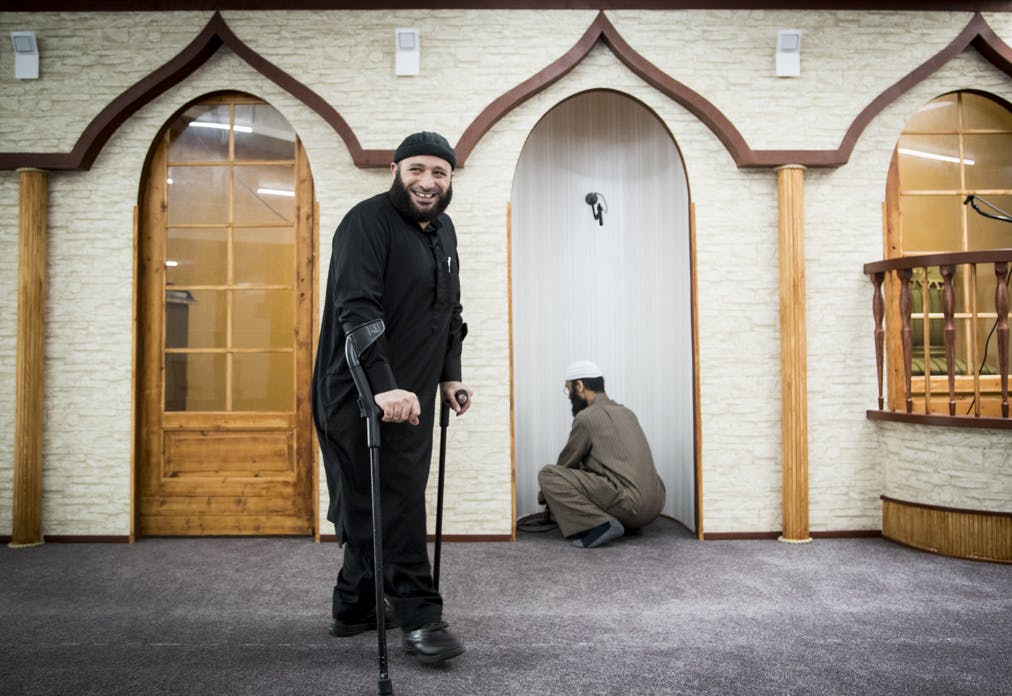Reach Marginalized or Undercovered Communities

Our newsroom partners have provided compelling evidence that solutions journalism can build bridges with segments of the community that were previously distanced by cultural, social, or language differences. These connections are fundamental to providing relevant, high-quality coverage that accurately represents the interests and needs of these groups, particularly those who feel that the media has not always acted in their best interests.
Partners have found that inviting people into the newsroom to attend events or talk with reporters builds goodwill, whether it’s a structured discussion with a group of invitees or an open after-hours event with music and food. In particular, structuring engagement around a mutual search for solutions offers the potential to engage underrepresented and stigmatized communities who may feel that news coverage tends to misrepresent them, reinforce damaging stereotypes, or leave them out of the conversation.
Some studies have uncovered a kind of “halo effect” in which solutions journalism strengthens the perception of a newsroom’s trustworthiness. In audience surveys, readers of The Seattle Times’ “Education Lab,” a dedicated solution-oriented series about public education, expressed more trust in the paper than did readers generally.
BUILDING CONNECTIONS TO OUT-OF-REACH COMMUNITIES

Focus groups conducted by Columbia University’s Tow Center with residents of South Central Los Angeles surfaced a craving for solutions journalism: “In underserved communities of color where audiences feel neglected and even harmed by traditional media coverage, solutions journalism offers a pathway to rebuild constructive and mutually beneficial relationships of greater trust.” Separately, a content analysis of how The Seattle Times’ solutions-oriented coverage of school discipline permeated public discourse found the most pronounced impact among community and ethnic media. Focus groups and surveys connected to our own “Small Towns, Big Change” project found that people living in rural communities wanted and needed more solutions-oriented coverage.

